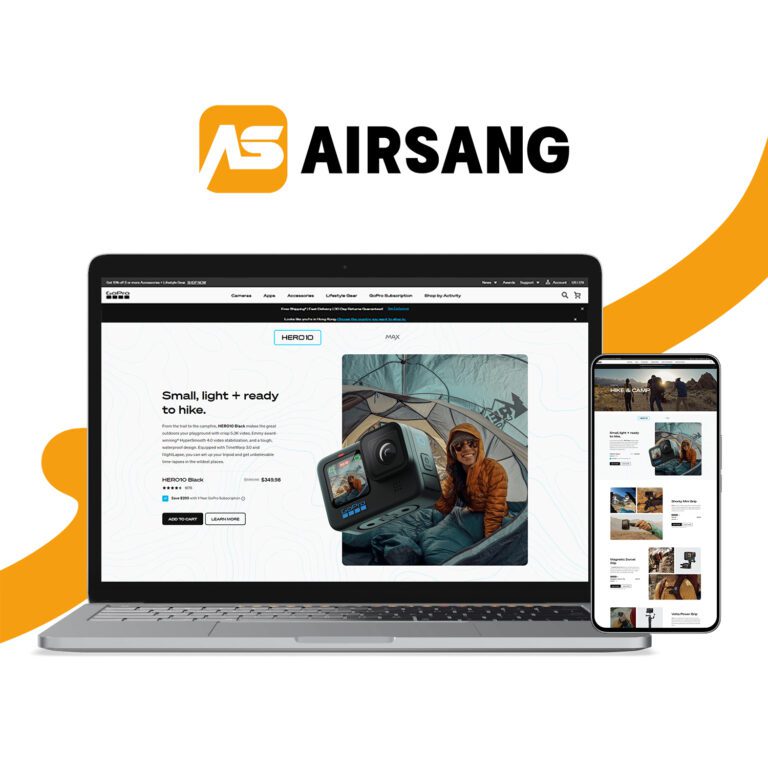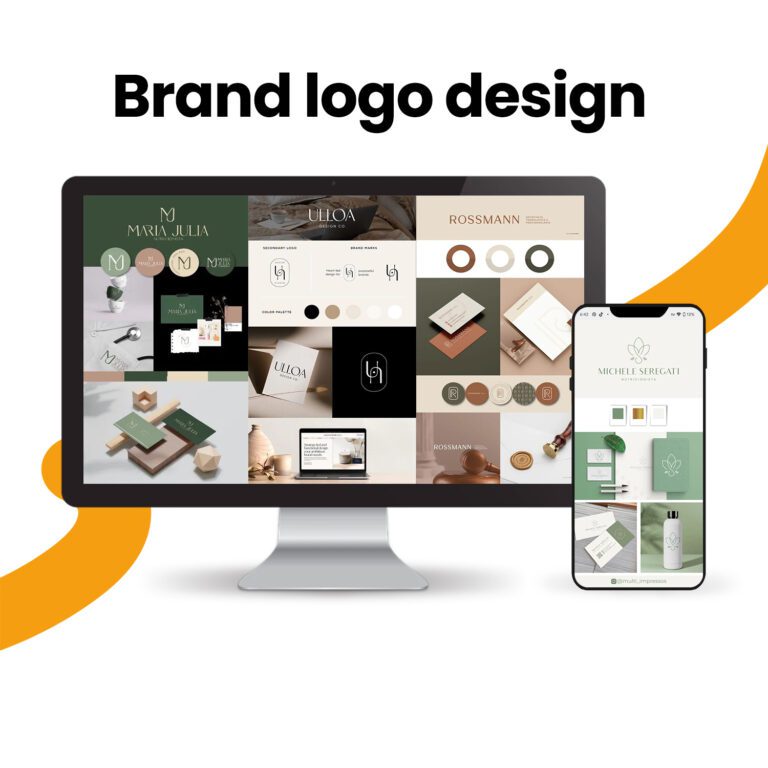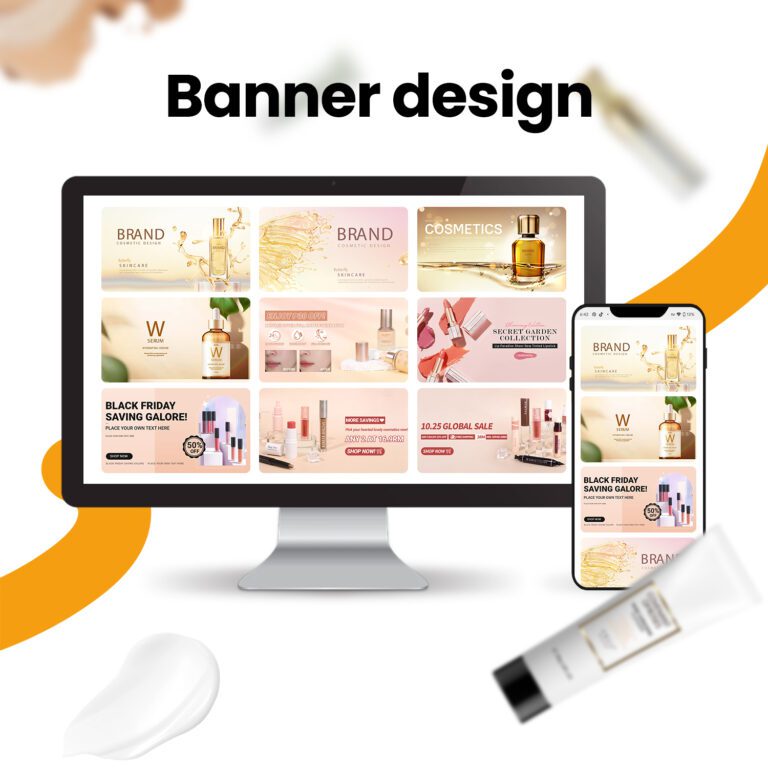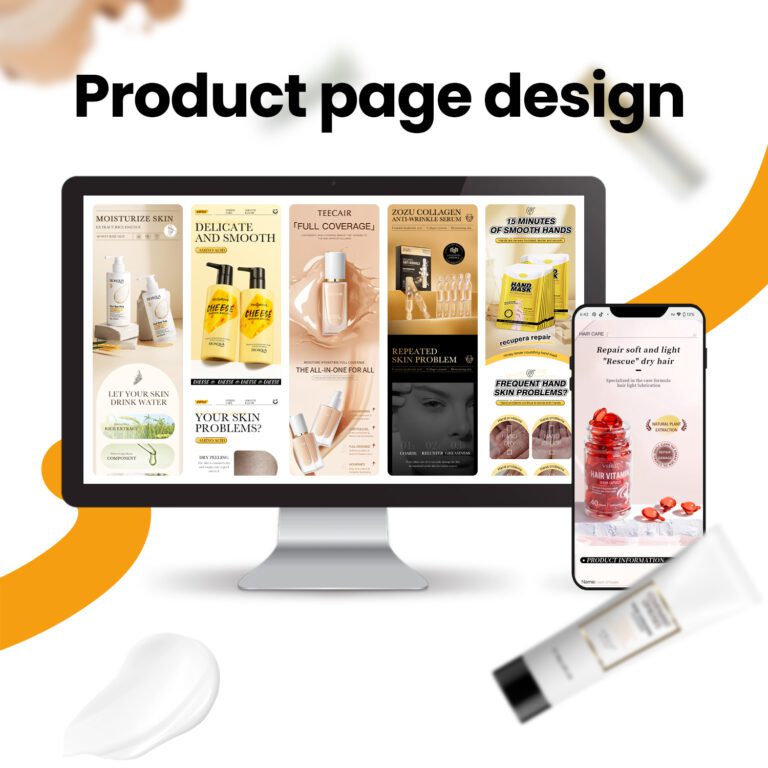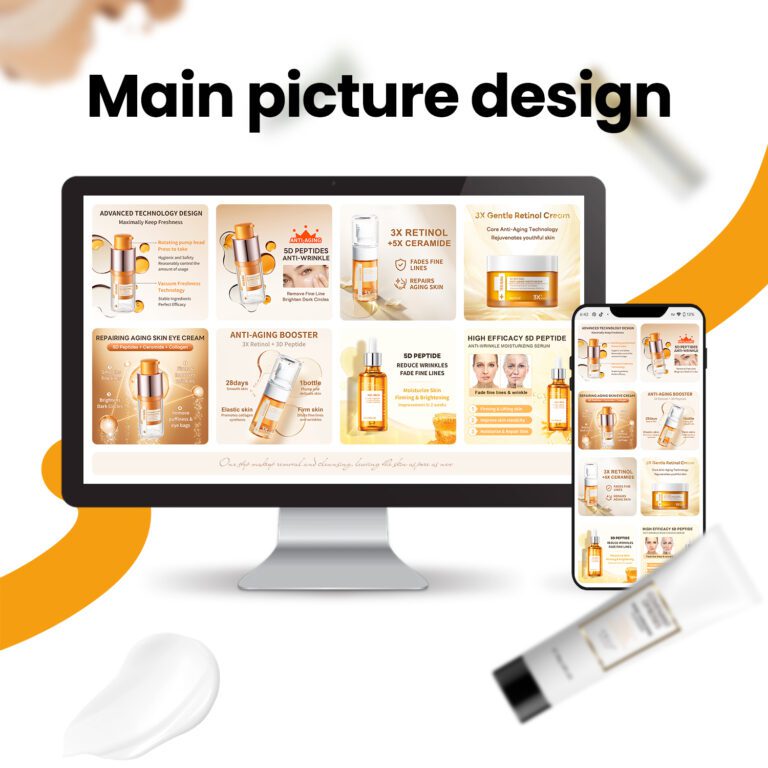Essential Shopify Plugins for a High-Performing Store

Introduction
Shopify plugins are the secret weapons behind every successful online store. From improving checkout flow to boosting SEO and customer engagement, these tools help transform a basic store into a high-performing eCommerce ecosystem. The right combination of plugins can turn good design into great performance and deliver seamless shopping experiences that customers love.
What Are Shopify Plugins and Why They Matter
Understanding Shopify Plugins
Shopify plugins—also called apps—are extensions that enhance your store’s functionality without requiring custom code. Whether you need upselling tools, page builders, or marketing integrations, the Shopify App Store offers thousands of plugins that connect directly to your site in just a few clicks.
These plugins streamline operations, automate repetitive tasks, and support your design goals. From boosting site speed to improving product visualization, plugins bridge the gap between design and business results.
The Role of Plugins in Store Design
Design sets the tone, but plugins define the experience. While a beautiful website attracts attention, plugins help convert visitors into loyal buyers. Features like sticky add-to-cart bars, live chat widgets, and personalized recommendations create an intuitive flow that keeps customers engaged.
In professional store design, plugins work behind the scenes to maintain consistency, speed, and usability. They complement layout decisions, strengthen branding, and improve conversion paths—all without bloating your site when used strategically.
Categories of Must-Have Shopify Plugins

1. Design and User Experience Plugins
Great design doesn’t end with visuals—it’s about interaction. Shopify plugins like GemPages, PageFly, or Shogun give you drag-and-drop design freedom without compromising responsiveness.
- Image optimization plugins such as TinyIMG ensure your pages load fast and stay sharp.
- Product gallery tools like Variant Image Automator help you showcase products elegantly.
- Sticky cart or Quick view add-ons simplify navigation and keep users focused on purchasing.
When integrated into a thoughtfully designed layout, these tools reinforce your brand’s aesthetic and improve user satisfaction.
2. Marketing and Conversion Plugins
Marketing automation plugins amplify your design’s impact. Tools like Klaviyo and Omnisend turn customer data into targeted email flows.
- Upsell and cross-sell plugins such as ReConvert or Frequently Bought Together increase average order value.
- Pop-up and countdown timer apps create urgency without cluttering the page.
- Review platforms like Judge.me build trust through authentic feedback and user-generated content.
Each plugin enhances visual storytelling by linking customer psychology with design intent.
3. SEO and Performance Optimization Plugins

No matter how beautiful your Shopify site looks, poor performance can destroy conversions.
- SEO Manager or Plug In SEO analyze your site’s structure, meta data, and keyword usage.
- Speed optimization tools such as Booster SEO & Image Optimizer compress assets for faster load times.
- Caching and lazy-loading plugins maintain consistent performance even with rich visuals.
At AIRSANG, our design strategy prioritizes speed, structure, and storytelling. When these SEO plugins align with clean design, they create a strong foundation for organic visibility.
4. Inventory and Operations Plugins
Operational efficiency supports your front-end design.
- Stock Sync or Multi-Location Inventory Info ensures real-time product updates.
- Order Printer Pro helps deliver branded invoices that match your store’s visual identity.
- Shipping and fulfillment tools like ShipStation simplify backend logistics.
By blending backend accuracy with front-end aesthetics, plugins make sure your store performs flawlessly from homepage to delivery.
5. Customer Support and Retention Plugins
Support experiences define long-term loyalty.
- Tidio Live Chat and Gorgias integrate messaging across channels for real-time assistance.
- LoyaltyLion and Smile.io reward programs encourage repeat purchases.
- Wishlist Plus lets users save favorites—small touches that reflect design empathy.
These plugins extend design beyond visuals into meaningful, personalized interaction.
How Plugins Complement Professional Design
Creating Cohesion Between Function and Aesthetics
A high-performing Shopify site isn’t just well-coded; it’s well-orchestrated. Plugins must support—not compete with—the visual hierarchy. For instance, a minimalist fashion store might use subtle pop-ups and seamless product zoom effects, while a tech brand could benefit from interactive comparison tables.
Professional designers understand how to balance plugin use with brand identity. At AIRSANG, we carefully evaluate each app’s impact on performance and user flow before implementation. This ensures every plugin contributes to the story your website tells.
Avoiding Plugin Overload
More isn’t always better. Excessive plugins slow down your site and create design inconsistencies. A strategic setup focuses on quality, not quantity—using plugins that integrate smoothly with your theme and design goals.
Before adding a new app, test compatibility and consider whether it aligns with your conversion funnel. Proper curation keeps your site sleek, fast, and scalable.
Design-Driven Use Cases for Shopify Plugins
Enhancing Visual Storytelling
Plugins like Lookbook Gallery or Shop the Look help translate lifestyle imagery into clickable shopping experiences. These tools bring storytelling to life, blending visuals with conversion-focused interactivity.
Building Trust and Transparency
Trust-building plugins—such as Trust Badges, GDPR Cookie Bars, and Yotpo Reviews—anchor your design in authenticity. They reassure customers that your store is safe, reliable, and professional.
Boosting Engagement Through Personalization
Smart recommendation engines tailor content and products based on user behavior. When these dynamic elements are placed in a visually appealing layout, they elevate the design from static to interactive.
Integrating Plugins Into a Professional Design Workflow
1. Research and Compatibility Testing
Every plugin must align with your theme, typography, and layout logic. Testing ensures smooth integration and avoids CSS or layout conflicts.
2. Visual Consistency
Maintain brand cohesion. Replace default plugin styles with custom typography, button designs, and color palettes that match your overall design system.
3. Performance Optimization
Even visually rich designs can stay fast with proper optimization. Use lazy loading, image compression, and script deferral to minimize delays.
4. Ongoing Evaluation
Review plugin performance regularly. Remove outdated or redundant ones, and monitor analytics for load time and conversion rate changes.
A well-maintained design-plugin ecosystem evolves with your business, ensuring long-term performance and scalability.
How Professional Design Enhances Plugin Effectiveness
Plugins offer functionality—but design unlocks their potential.
- A clean layout makes plugin-driven features like upsells more visible.
- Thoughtful spacing and typography make pop-ups feel organic, not intrusive.
- Smart color use draws attention to call-to-action buttons powered by plugins.
At AIRSANG, our design process ensures every plugin is visually integrated into the brand’s identity. We optimize placement, interaction timing, and messaging so that plugins enhance rather than distract.
Best Practices for Choosing Shopify Plugins
1. Align With Business Goals
Select plugins that serve your conversion strategy, not just short-term features.
2. Verify Developer Reputation
Choose apps with strong reviews, regular updates, and responsive support.
3. Check Mobile Optimization
Mobile traffic dominates eCommerce. Ensure every plugin performs seamlessly on smaller screens.
4. Evaluate Load Impact
Run performance audits to confirm minimal load time increases after installation.
5. Focus on Integration
Plugins should communicate smoothly with your theme and other tools, like your CRM or analytics platform.
These best practices prevent future redesign headaches and maintain long-term scalability.
Future Trends in Shopify Plugin Development
The plugin landscape is rapidly evolving:
- AI-driven personalization will refine customer recommendations.
- Headless integrations will allow deeper control over design and performance.
- Omnichannel extensions will bridge Shopify with TikTok, Pinterest, and Instagram natively.
Designers who stay ahead of these trends can craft seamless digital ecosystems that grow with the brand.
Conclusion: Building Harmony Between Design and Functionality
Shopify plugins empower brands to go beyond static web design and deliver interactive, optimized experiences that convert. But true performance comes from balance—selecting the right tools, customizing them to match your aesthetic, and maintaining a cohesive visual story.
For businesses aiming to elevate their Shopify presence, professional design makes all the difference. At AIRSANG, we specialize in blending design strategy with smart plugin integration to create Shopify stores that are visually stunning, conversion-focused, and built to scale.

